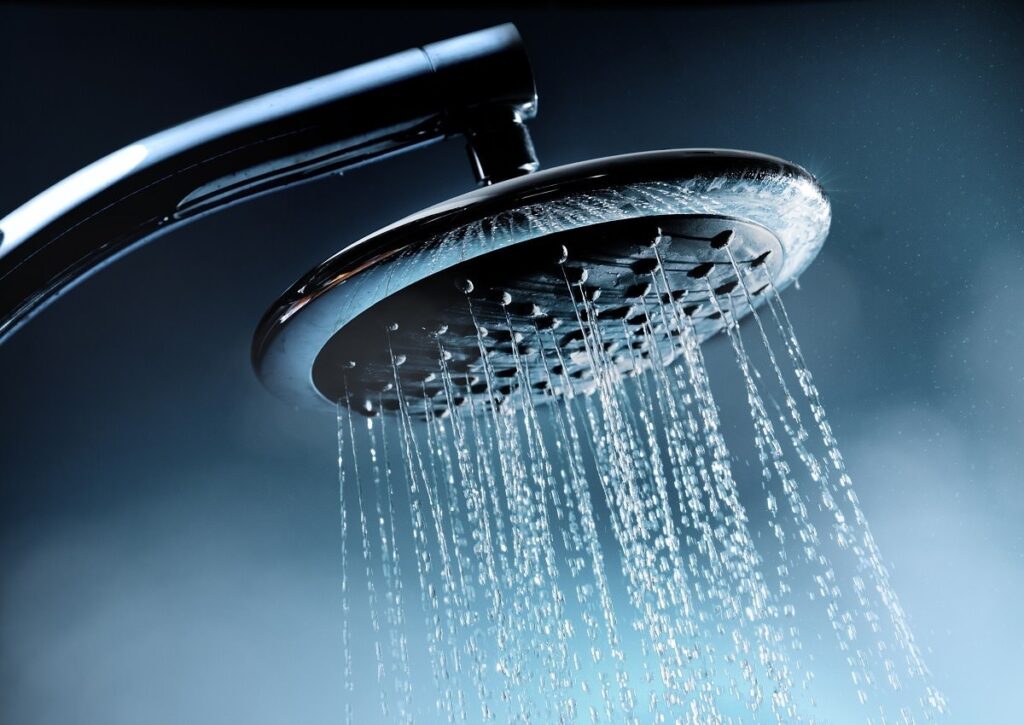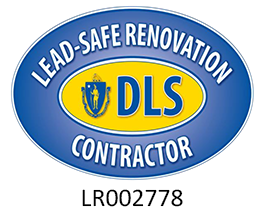How low can you go? No, we’re not talking about the forever popular Limbo dance. We’re talking low-flow faucets and fixtures that use lesser amounts of water to accomplish everyday activities like handwashing, showering, and even flushing – all without compromising cleanliness or water pressure.
Better yet, today’s low-flow technology has greatly surpassed previous models. Some fixtures can reduce your water usage by as much as 60 percent. That’s better for your wallet and the environment.
Is low-flow right for you? Let’s put it to the test.

Low-flow doesn’t mean low pressure.
What’s the first thing that comes to mind when considering a reduced water supply? No doubt your shower – as in, will it ever feel as complete and enriching as water pounds all over you as it does now? Yes, it absolutely will That’s because today’s shower heads deliver an invigorating blast of water while significantly reducing water usage.
- Aerating shower heads work by forcing water through tiny holes in a screen, producing a fine yet vigorous spray often compared to “needles”.
- Laminar showerheads distribute water into larger individual streams and often come with a feature that allows you to select either a robust massaging action or a gentler spray.
Today’s low-flow toilets have greatly improved.
A common complaint about low-flow toilets is this – can they completely flush toilet contents? Truth be told, earlier models struggled to do so. But modern technology has all but eliminated the problem.
- A pressure-assist or jet flush toilet has a pressurized water tank that forces water into the toilet bowl to flush contents away quickly. Once reserved for commercial use, pressure-assist toilets are now available for residential use.
- A gravity flow toilet introduces water into the bowl until it produces just enough pressure to push the contents downwards through a trap beneath the bowl, creating a siphoning effect, where once the water begins to drain it will continue to do so without the need for more water.
The EPA sets rigorous standards.
Only products that meet tough EPA standards can be labeled as WaterSense. This means that:
- A low-flow toilet cannot use more than 1.5 gallons per flush.
- A low-flow sink cannot exceed more than 1.5 gallons per minute.
- And a low-flow shower head cannot exceed more than 2.5 gallons per minute.
What does this mean for you?
Depending on your household size and water-using habits, you can realize a savings of about $175 each year in water costs. By replacing old faucets and fixtures with low-flow models, you also can expect to save around 4 gallons of water per shower, 700 gallons of water per year with low-flow faucets, and up to 13,000 gallons a year with a low-flow toilet.
If ecology is on your mind, put low-flow water fixtures in that same stream of thought. Together, they’re a natural, and so is your continued comfort and convenience. Contact Pann today for a free proposal.









